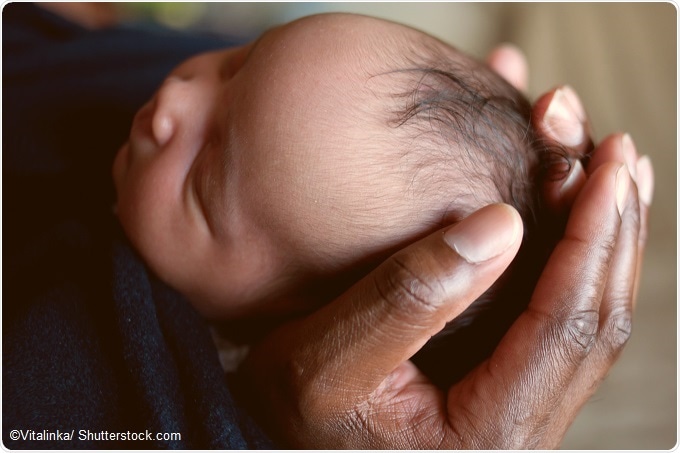Jul 4 2017
The JAMA Pediatrics recently published new research on non-Hispanic black and white infants, the report analyzed the trends in overall and cause-specific infant mortality rates in the US population.
According to a 2017 report from the US Centers for Disease Control and Prevention, US infant mortality rates in the past 10 years have decreased by 15%. This study, carried out by Corinne A. Riddell, Ph.D., of McGill University, Montreal, Canada, and his coauthors, used data from the U.S. National Vital Statistics System from 2005 to 2015 to find out whether both black and white infants equally benefited from the decreased infant mortality rates in the US as reported in the past decade.

Infant mortality rate is a vital sign of the health of a population. In the study, data of live births and deaths of non-Hispanic black and white infants in their first year of life were accessed and by dividing the number of deaths by the number of births, the rate of infant mortality was calculated. The study also calculated the rates for the first four causes of death and a separate category that consisted of all other related causes.
According to the author, there was a decrease from 14.3 to 11.6 per 1000 births in the infant mortality rate of black infants during 2005–2012, which then increased to from 11.4 to 11.7 per 1000 births in 2014–2015. While between 2005 and 2015, there is a decrease in the mortality rate of white infants from 5.7 to 4.8 per 1000 births.
For black infants, deaths due to short gestation or low birth weight decreased during the period 2005–2011 but have remained steady in recent years. Considering other leading causes of death like congenital malformations, sudden infant death syndrome, and maternal complications, the report says that the rates show a decrease from 2005 to 2015 for both the categories. Yet, during 2014–2015, the death rates related to both sudden infant death syndrome and congenital malformations increased for black infants.
With respect to all other causes, the report indicates a delay in the progression in recent years. Also, compared with white infants, the black infant mortality rates increased in the final year of data available for study (2014–2015) and no single cause could be held responsible for this.
The author, Riddell concluded: "The sustained progress in reducing infant mortality among black infants since 2005 has stalled in the past few years. This has led to increases in the absolute inequality in infant mortality between black and white infants during the past three years.” He also suggests that interventions that reduce the rate of preterm birth show to be the most optimistic option for reducing black infant mortality and tackle the inequality between black and white infant mortality that still exists.
Sources:
- https://www.eurekalert.org/pub_releases/2017-07/tjnj-diu062917.php
- http://jamanetwork.com/journals/jamapediatrics/fullarticle/2633490